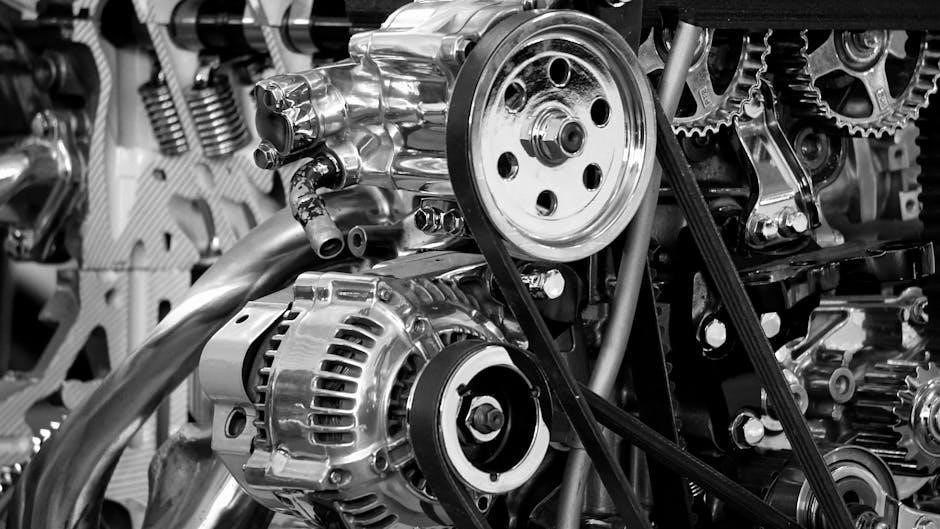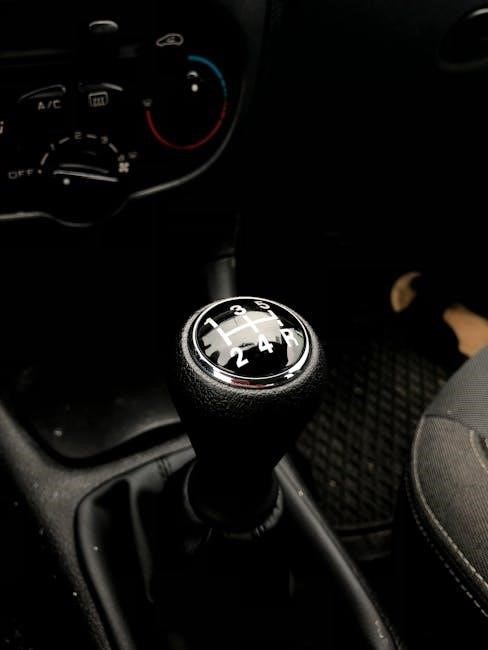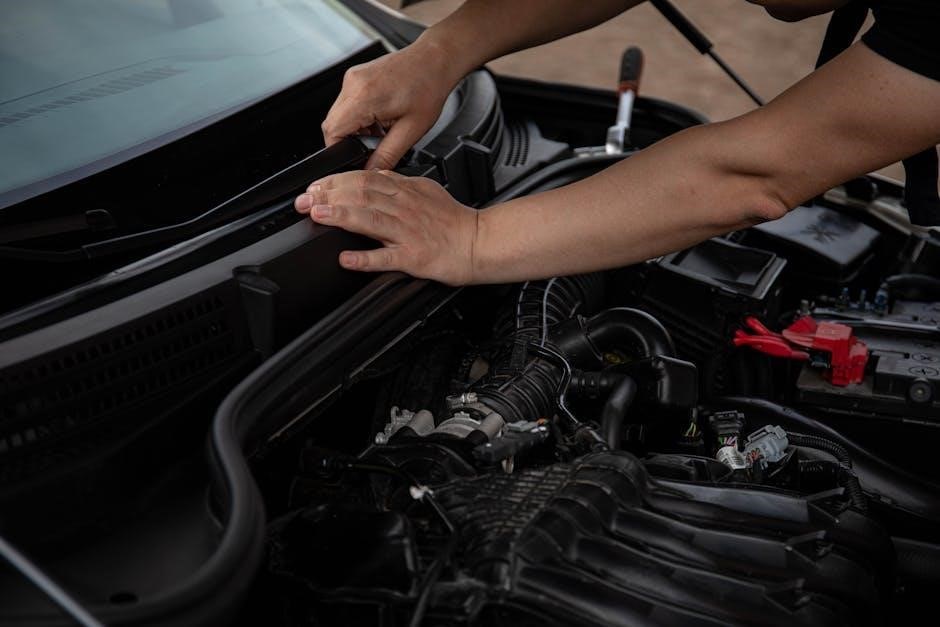IS250 Manual Transmission: A Comprehensive Overview
The Lexus IS250 offered a manual transmission option, appealing to driving enthusiasts. This overview examines the manual IS250, covering its availability, driving experience, reliability, maintenance, and market value, and comparing it to the automatic version.
The Lexus IS250, particularly models equipped with a manual transmission, holds a unique position in the entry-level luxury sedan market. While the automatic transmission was more prevalent, the availability of a manual gearbox catered to drivers seeking a more engaging and connected driving experience. The manual IS250 offered a blend of Lexus refinement with the added control and involvement of a traditional manual transmission.
This introduction will delve into the allure of the manual IS250, exploring its appeal to driving enthusiasts and contrasting it with the more commonly found automatic variants. It also provides a high-level view of key aspects.

Availability and Production Years
The IS250 manual transmission had a limited production run. After 2010, Lexus discontinued manual transmissions. It’s important to know the specific years and regions where the manual was offered.
Manual Transmission Production Timeline
The Lexus IS250’s manual transmission availability was primarily within the 2006-2012 model years, with 2013 as the final year. After 2010, Lexus discontinued manual transmissions in their cars, so the production timeline is important. Confirming the exact years is crucial when searching for a used IS250 with a manual transmission. Not all model years offered the manual option and production ended around 2012 or 2013, so verifying the specific year of production is essential for prospective buyers seeking this configuration.
Regional Differences in Manual Availability
The availability of the Lexus IS250 with a manual transmission varied significantly across different regions. In the United States, the manual transmission was offered on the IS250, while in Europe, the 2.2 diesel was a common pairing with a manual. Interestingly, even within Europe, some countries like Norway saw the IS250 manual being sold. These regional differences make sourcing a manual IS250 more challenging depending on your location; Buyers should research availability based on their specific geographic market to understand their options and potential import considerations.

Driving Experience and Performance
The IS250 manual offers a more engaging driving experience. The manual transmission allows for greater driver control and can make the engine feel more responsive, despite reports of it being uninspiring.
Subjective Feel of the Manual Transmission
The subjective experience of driving an IS250 with a manual transmission varies. Some drivers find the gearbox smooth but uninspiring. Others find the first four gears excellent, with fifth and sixth being less engaging. The manual can make the engine feel more alive, offering a greater sense of control. However, some report that the transmission is not the greatest, with criticisms about the clutch. Ultimately, the driving experience is largely based on individual preferences and expectations. Test driving is essential to form your opinion.
Impact on Engine Performance and Driver Engagement
The manual transmission in the IS250 can significantly impact both engine performance and driver engagement. While some sources note the IS250 manual gets terrible mileage for a slow car, the manual transmission allows the driver to extract more performance from the engine. The driver has more control over the engine’s power band, leading to a more engaging driving experience. Shifting gears manually provides a more connected feel, making the drive more involved and rewarding for those who enjoy actively participating in the driving process.

Reliability and Common Issues
The manual transmission in the IS250, specifically the Aisin RA6, has known reliability concerns. These issues, including synchro problems and clutch wear, have been reported by owners, potentially impacting long-term ownership.
Known Problems with the Aisin RA6 Transmission
The Aisin RA6 manual transmission found in the IS250 has faced scrutiny regarding its reliability. Owners have reported issues such as difficulty shifting, particularly into certain gears. A common complaint involves a “crunching” sensation during gear changes, suggesting synchro wear or failure. The transmission’s origins as a repurposed Toyota truck transmission have also led to concerns about its suitability for a luxury sports sedan. Furthermore, some forums discuss a “jar of marbles” sound, indicating internal problems. These issues have prompted some owners to seek repairs or replacements, highlighting potential weaknesses in the RA6’s design or components.
Clutch and Synchro Issues
Beyond general transmission concerns, the IS250 manual transmission is susceptible to specific clutch and synchro-related problems. Clutch wear is a common issue in any manual car, but the IS250 seems to exhibit premature clutch failure in some cases, requiring earlier-than-expected replacements. Synchro issues, particularly affecting gear engagement, are frequently reported. Owners often describe difficulty shifting smoothly, especially when cold, and experiencing grinding noises during gear changes. The synchros’ inability to properly synchronize gear speeds leads to these problems, impacting the overall driving experience and potentially requiring costly repairs to restore smooth shifting performance.
Comparison with Automatic Transmission
The IS250’s manual and automatic transmissions offer distinct experiences. The manual provides greater driver control, while the automatic prioritizes convenience. Evaluating performance, fuel economy, and reliability is crucial for choosing between the two options.
Performance and Fuel Economy Differences
The IS250’s manual transmission offers a different performance profile compared to the automatic. Drivers often report a more engaging experience with the manual, feeling more connected to the engine’s power. However, some sources suggest that the manual IS250 may not deliver superior acceleration times compared to the automatic.
Fuel economy is another key consideration. Some owners indicate the manual transmission can lead to worse gas mileage, possibly due to driving habits or the specific gearing. Real-world fuel consumption can vary widely depending on driving style and conditions for both transmissions.
Reliability Comparison: Manual vs. Automatic
When considering an IS250, reliability is a crucial factor, especially when choosing between manual and automatic transmissions. While Lexus is generally known for reliability, the IS250’s manual transmission has been reported to have some issues. Some owners have reported synchro problems and other gearbox-related issues, and repairs on the manual transmission have been noted on forums.
Conversely, the automatic transmission in the IS250 is generally considered robust, with many owners reporting few major issues, even at higher mileages. However, proper maintenance is still essential for both transmissions.

Maintenance and Repair
Maintaining an IS250 manual transmission requires specific attention. This section outlines the unique maintenance needs of the manual gearbox, common repair issues, and how to find qualified technicians for specialized service, ensuring its longevity.
Specific Maintenance Needs of the Manual Transmission
The IS250’s manual transmission, the Aisin RA6, demands specific maintenance to ensure optimal performance and longevity. Unlike automatic transmissions, the manual requires regular gear oil changes, typically every 30,000 to 60,000 miles, using the correct viscosity and type of fluid as specified by Lexus. Clutch health is crucial; monitor for slippage or unusual pedal feel, addressing issues promptly.
Inspect and lubricate the shifter linkage to maintain smooth gear changes. Be mindful of synchro wear, which can manifest as grinding during shifts, indicating a need for more in-depth service. Regular checks prevent costly repairs.
Finding Qualified Technicians for Repair
Repairing the IS250 manual transmission requires specialized knowledge. Start by seeking out technicians experienced with Aisin RA6 transmissions or those specializing in Lexus vehicles. Dealership service departments, like Nalley Lexus Roswell, often employ OEM-certified technicians familiar with these systems. Independent shops specializing in Japanese cars or manual transmissions are also viable options.
Read online reviews to gauge customer satisfaction and technician expertise. Don’t hesitate to ask about their experience with IS250 manual transmissions specifically, and whether they have access to Lexus diagnostic tools and repair procedures. A knowledgeable technician can accurately diagnose and resolve issues.
Market Value and Availability
The used IS250 manual market reflects its rarity. Factors like mileage, condition, and location influence price. Demand is impacted by enthusiast appeal and the decreasing availability of manual transmission vehicles.
Used IS250 Manual Market
The used market for the IS250 with a manual transmission is relatively niche due to its limited production run, especially after 2010. Finding one requires patience and diligent searching, often involving online marketplaces and enthusiast communities. Prices vary significantly based on condition, mileage, and modifications. Cars in excellent condition with low mileage command a premium.
Potential buyers should thoroughly inspect vehicles for signs of wear, particularly clutch and synchro issues, given known reliability concerns. Availability can also differ by region, influenced by original sales distributions.
Factors Affecting Price and Demand
Several factors influence the price and demand for used IS250 manual transmissions. Low production numbers contribute to scarcity, driving up prices for well-maintained examples. The allure of a manual in a luxury sedan attracts driving enthusiasts, creating demand beyond typical IS250 buyers.
Condition is paramount; vehicles with documented maintenance and no significant issues fetch higher prices. Modifications, both performance-enhancing and detracting, can impact value. Mileage plays a crucial role, with lower mileage cars commanding premiums. Location also matters, as regional preferences and availability influence demand. Ultimately, the intersection of rarity, condition, and driver appeal dictates market dynamics.
